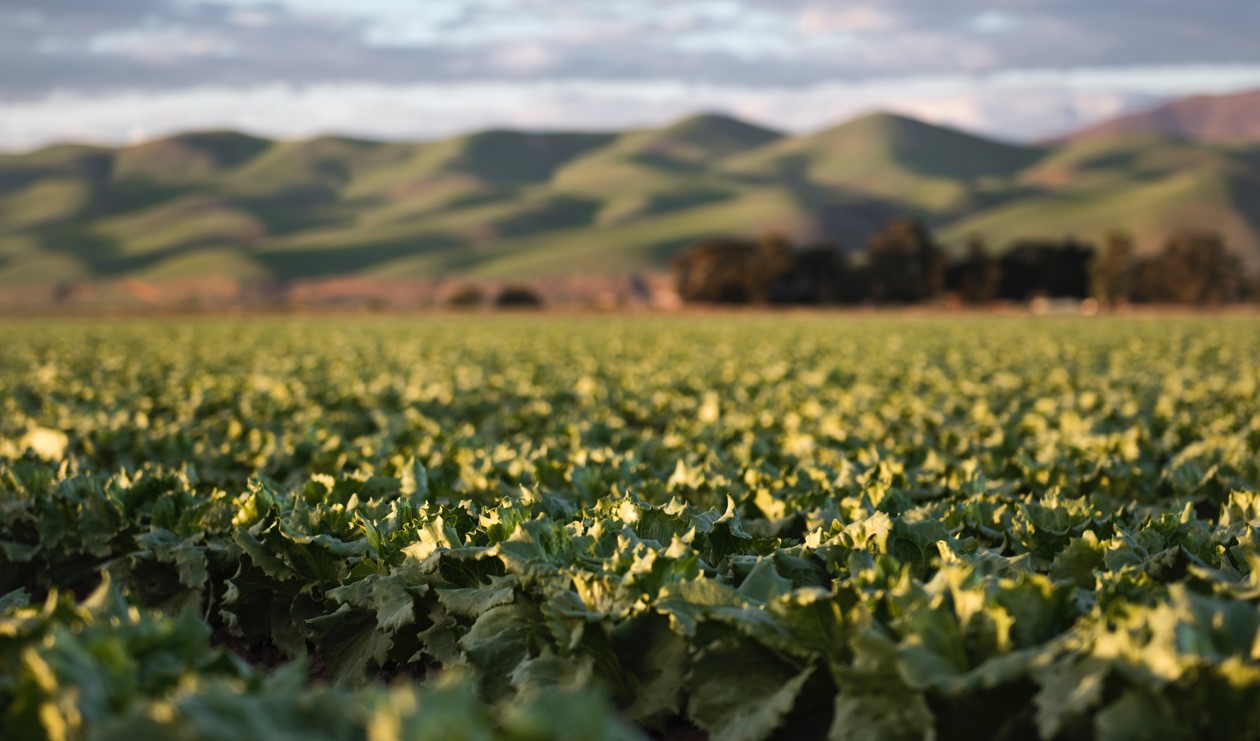
A roadmap for helping farmers, ranchers, and forestland owners to respond to climate change has been released by the U.S. Department of Agriculture (USDA). The program – Building Blocks for Climate Smart Agriculture and Forestry – relies on voluntary, incentive-based conservation, forestry, and energy programs to reduce greenhouse gas emissions, increase carbon sequestration, and expand renewable energy production in the agricultural and forestry sectors.
Through the initiative, USDA is committing to reducing greenhouse gas emissions and increasing carbon stored in forests and soils by over 120 million metric tonnes of carbon dioxide equivalent per year by 2025. That amount is equivalent of taking 25 million cars off the road, or offsetting the emissions produced by powering nearly 11 million homes.
The building blocks builds on the U.S. commitment to reduce GHG emissions by 26 to 28 percent below 2005 levels by 2025 as part of the Paris Agreement adopted under the United Nations Framework Convention on Climate Change.
The roadmap outlines progress, implementation plans, and case studies for each of the following 10 building blocks:
-
- Soil Health
- Nitrogen Stewardship
- Livestock Partnerships
- Conservation of Sensitive Lands
- Grazing and Pasture Lands
- Private Forest Growth and Retention
- Stewardship of Federal Forests
- Promotion of Wood Products
- Urban Forests
- Energy Generation and Efficiency


